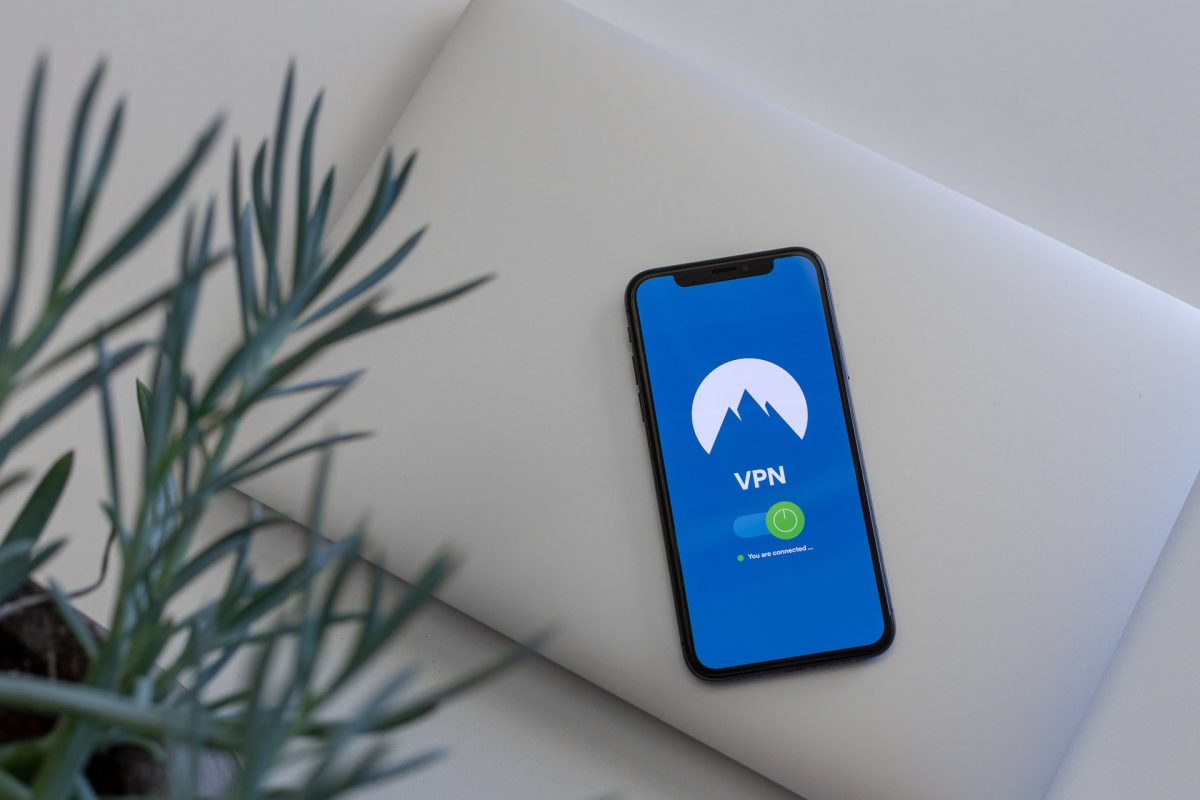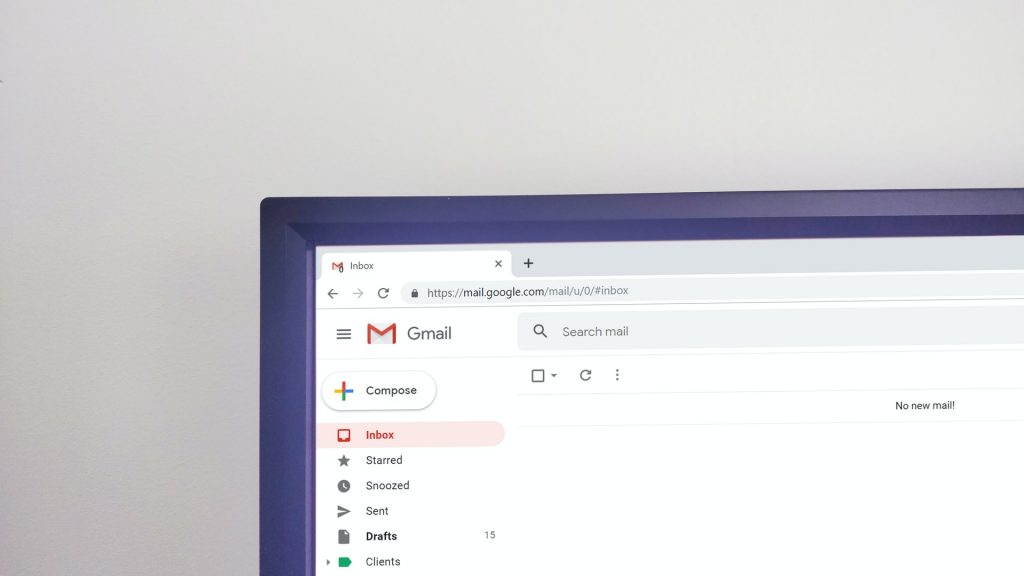
Culture Shock: Improving Company Culture Through Technology
Corporate culture matters. Shared values and beliefs backed by strong business strategy help staff feel valued and connected, boosting engagement and productivity. Implemented effectively, cultural conventions can ensure employees are certain in their response to any given situation and are confident they’ll be rewarded for demonstrating key organizational values.
However, there’s a challenge. Small business owners and entrepreneurs must keep in mind, legacy solutions and software deliver digital disconnects, in turn forging fragmented cultural frameworks that frustrate staff and C-suites alike. Improving corporate culture demands a kind of system shock — an effective implementation of new technology services that cultivate communication, collaboration, and connection at scale.
Shock Value
Culture is often viewed as an organizational opportunity — the chance for small businesses to act in concert based on shared understanding — but also offers practical potential.
Consider teamwork and morale. When employees trust one another, their earnest efforts will be met with appreciation from upper management. They’re more efficient and effective. Projects are completed more quickly and with fewer interpersonal issues, and personnel is more likely to stay engaged.
This cultural creation is often undercut by cumbersome legacy technologies. From proprietary tools that limit connectivity to outdated solutions that complicate communication, tech-savvy staff members need ways to interact and innovate on demand.
Here, strategy is key. Simply tossing technology at the problem can have the opposite effect intended if workers are suddenly faced with fragmented functions and digital distractions. For culture shock to be positive, permanent, and productive, it’s critical for companies to adopt a two-factor approach that articulates key values and delivers actionable results.
Talk the Talk
To build corporate culture that lasts, businesses must streamline staff communication. This starts with multiplatform collaboration tools that make it easy for employees to connect and create wherever, whenever, and however, they want. By removing common collaboration barriers, it’s possible to facilitate effective interactions and reduce potential frictions, in turn improving project outcomes. Over time, this boosts morale and motivation — employees are confident they easily tackle big projects and that their contributions will be recognized.
Walk the Walk
Talk isn’t cheap — the right collaboration and communication tools demand strategic investment to drive ROI — and it’s not enough in isolation.
For effective cultural transitions, corporate leaders must walk the walk. This starts with transparency: Delivering consistent messaging about what’s expected, what’s appreciated, and what’s next on the cultural horizon. Automated messaging tools help shorten the distance between intention and action by allowing C-suite members to quickly draft and distribute companywide corporate mandates.
There’s also a need for operational insight that doesn’t come from inside the organization. From security assessments to software adoptions and service analytics, third-party expertise can help identify potential issues, suggest specific solutions, and show staff you’re committed to completed cultural transformation.
Cultural Relevance
Corporate culture matters — great culture cultivates trust, enhances communication, and improves staff commitment. Yet existing technology processes often frustrate the development of effective office culture, forcing staff to fight complexity rather than facilitating operations.
System shock can help short-circuit company culture challenges by empowering employee collaboration, facilitating C-suite connections, and delivering transformative strategy solutions. Be sure to review the accompanying infographic for more ways of strengthening company culture via technology.
Sources
Courtesy Of Halock Security Labs


























